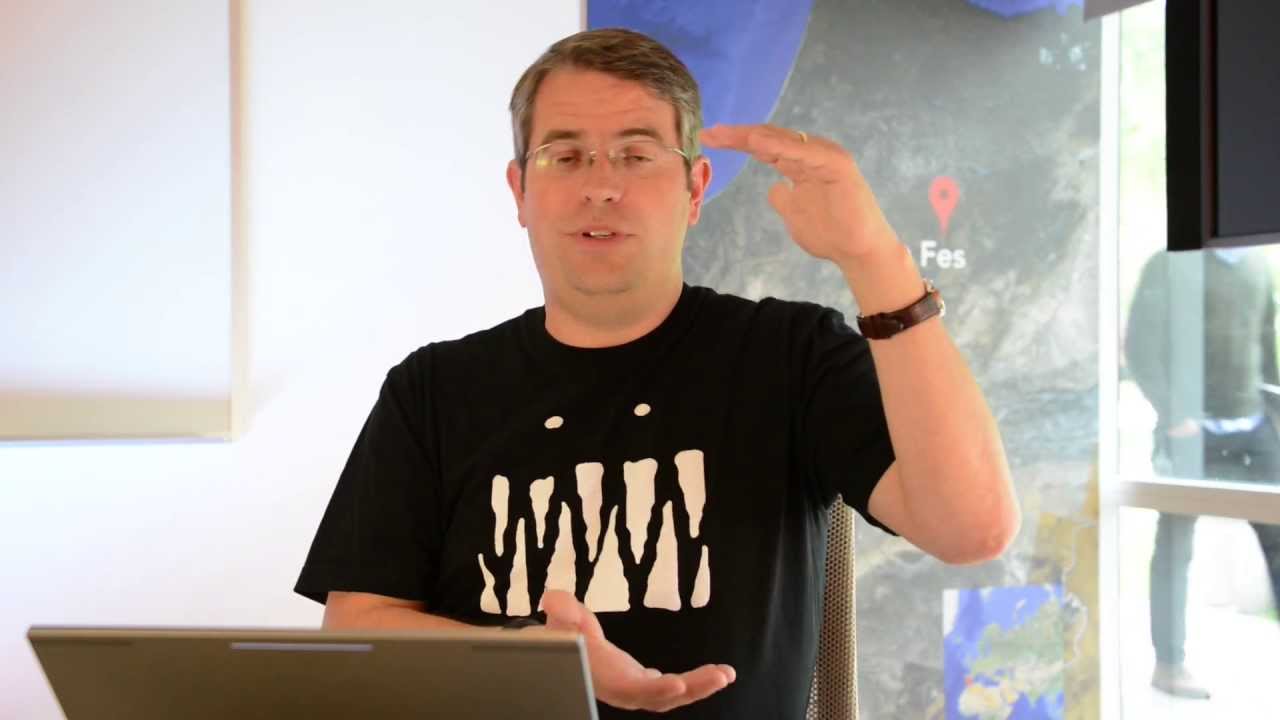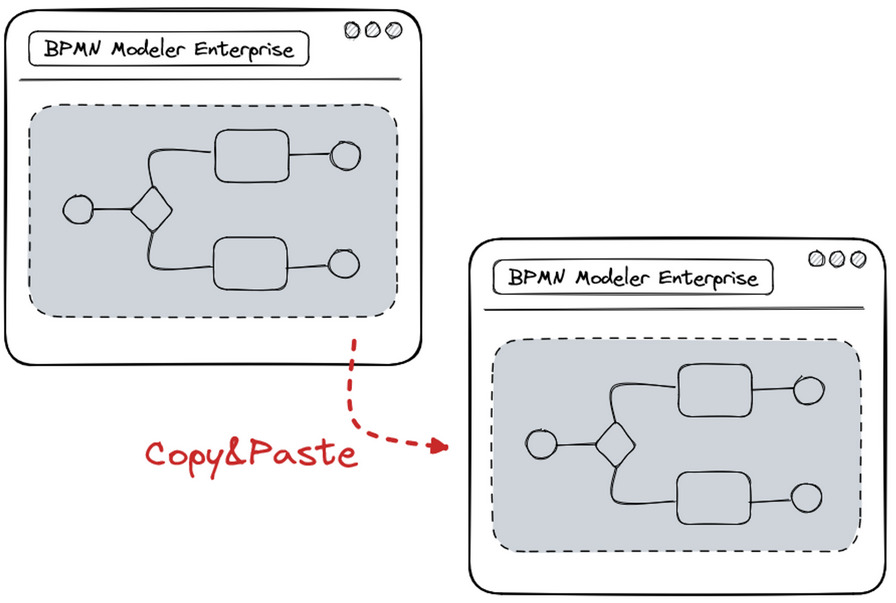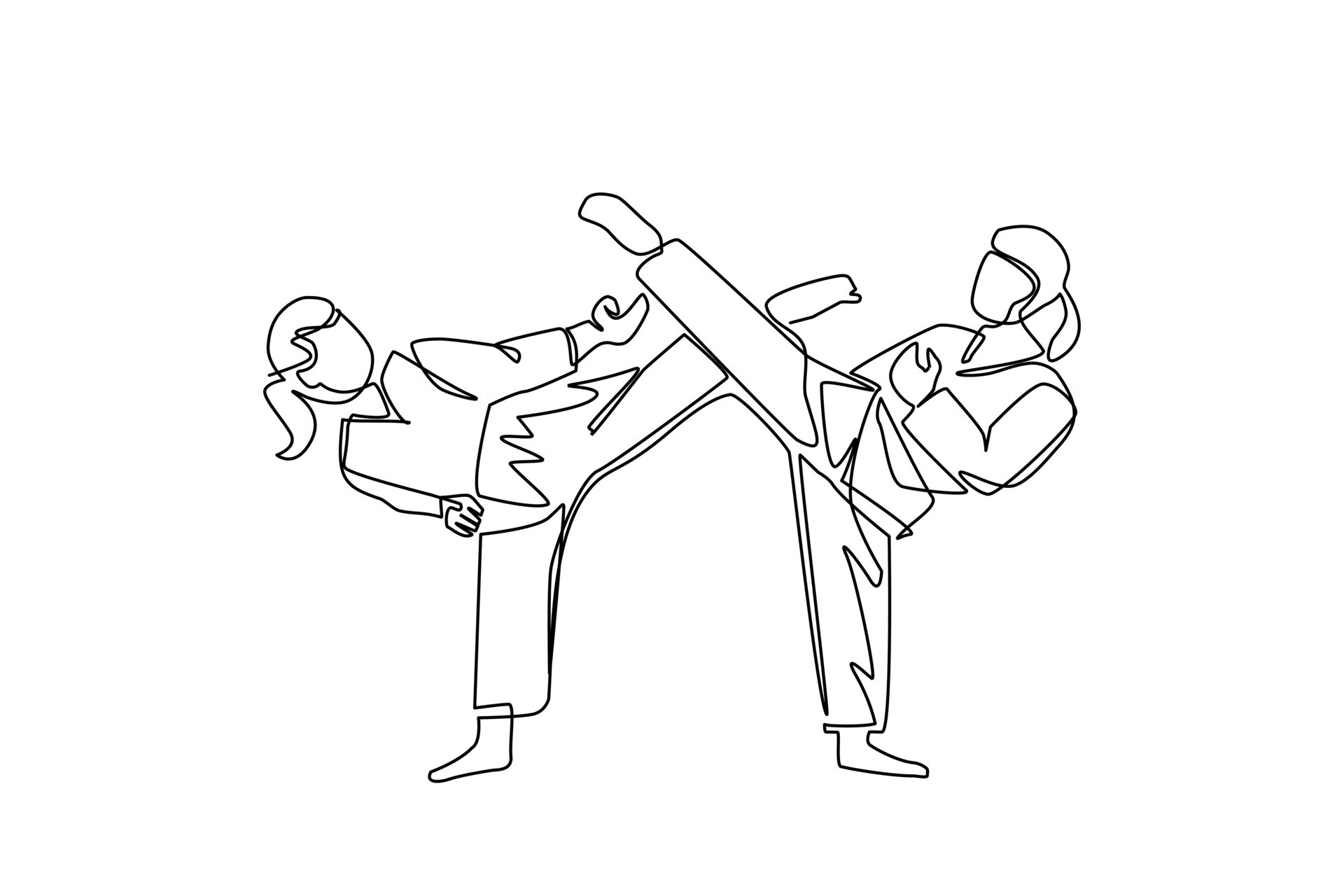Enterprise duplicate contentcan be a major obstacle to achieving optimal SEOperformance for enterprise-level websites. It not only hampers your search strategy but also prevents your website from reaching specific goals.
Moreover, it provides little value to searchers, leading search engines like Google to favor other contentas a more authoritative answer. To tackle this issue effectively and improve your site's visibility and authority, you need a robust strategy to address duplicate content at scale.
Understanding Duplicate Content
Duplicate content refers to identical or substantially similar content that appears on two or more web pages. It can exist within your own site or on external websites. While search engines like Google do not impose direct penalties for duplicate content, it can still impact your SEOperformance. Search engines prioritize delivering the best content and user experience, so when duplicate content is detected, they may choose not to rank it highly since similar content already exists elsewhere.
Duplicate content can arise due to various reasons:
- Content Scraping - Some websites may scrape your content and repost it without permission, resulting in duplicate versions of your original content.
- Product Descriptions- Ecommercewebsites often have multiple product pages with similar or identical descriptions, leading to unintentional duplication.
- URL Variations - Different URL variations of the same content, such as including tracking parameters or using both www and non-www versions, can create duplicate content.
- Canonicalization Issues- Incorrect implementation or lack of canonical tags can lead to search engines treating different URLs as separate pages with duplicate content.
- Content Syndication- Publishing content on multiple platforms without proper attribution or canonical tags can result in duplicate content issues.
The Impact Of Duplicate Content On SEO
Although duplicate content doesn't result in a penalty, it can have several adverse effects on your SEO strategy:
- Crawl BudgetWastage - Search enginecrawlers have a limited crawl budget, which determines how many pages they can index and crawl on your website. Duplicate content can consume this budget, preventing search engines from indexing and ranking your most valuable pages.
- Confusion for Search Engines- When multiple pages have similar content, search engines might struggle to determine which version to include or exclude from their indices. This can lead to mixed signals and potentially hinder your page rankings.
- Diluted Link Equity - Duplicate content can lead to inbound links being spread across multiple versions of the same content, reducing the link equity each version receives. As inbound links are a significant ranking factor, this can negatively impact your search visibility.
- Erosion of E-A-T (Expertise, Authoritativeness, Trustworthiness) - Duplicate content can raise concerns about the credibility and expertise of your website, potentially affecting your overall appearance in search results.
Why Ecommerce Websites Are Prone To Duplicate Content
Ecommerce websites face unique challenges when it comes to duplicate content. Product pages often share similar attributes and descriptions, making it easy for Google bots to perceive them as overlapping duplicate content. For instance, an online store with numerous products can unintentionally have multiple pages with similar content, leading to a dilution of search rankings.
To combat duplicate content on ecommerce websites, consider the following strategies:
- Unique Product Descriptions- Avoid using manufacturer-provided product descriptions verbatim. Instead, craft unique and engaging descriptions for each product to differentiate them.
- Canonical Tags - Implement canonical tags to specify the preferred version of product pages when there are slight variations or duplicates due to filters or sorting options.
- Pagination Management- Properly handle paginated content, such as category pages, to avoid duplicate content issues arising from pagination.
- Avoid Content Syndication Issues - If you syndicate product data to multiple platforms or affiliates, ensure proper canonical tags or attribution to avoid duplicate content problems.

Ecommerce SEO: 3x Ways To Eliminate Duplicate Content
Identifying Duplicate Content
Before devising a strategy to handle duplicate content, it's essential to identify instances of duplication on your website. You can use various tools like Semrush, Copyscape, or even Google Webmaster Tools to monitor and detect duplicate content. Regularly conduct site audits and monitor for any new occurrences of duplicate content.
How Much Duplicate Content Is Acceptable?
As far as search engines are concerned, a moderate amount of duplication is generally acceptable. It is common for certain elements such as headers, footers, and navigation menus to appear consistently across multiple pages. However, excessive duplicate content can harm your SEOefforts. To ensure optimal performance, aim to make at least 30% of your content unique on each page.
How To Tell If Your Website Has Duplicate Content
You can determine if your website has duplicate content by checking your Google Webmaster Tools account. Look in the section called "Optimization," and there you will see "HTML Improvements." Duplicate items will be listed there. You can also use SEO analytics programs, like Moz, which have crawl diagnostic tools that will tell you if problems exist.
Is Duplicate Content Bad For My SEO?
Duplicate content doesn’t result in a direct penalty from Google, except for severe, repeat cases. However, just because Google will not penalize your website does not mean it doesn’t impact SEO. Google’s focus over the years has continued to shift towards providing users with the best on-site content and experience. This means that if your content is the same as another website, there isn’t much value for Google to rank it highly, as similar content already exists elsewhere.
Google's Panda Update And Duplicate Content
In February 2011, Google released the Panda algorithm update to address low-quality or thin content, including duplicate content. This update aimed to distinguish between good and bad content and significantly impacted how duplicate content was evaluated. Since then, Google has released updates to Panda, highlighting the importance of providing high-quality, original content to users.
Google Panda rewards websites that prioritize originality and quality content. By addressing duplicate content issues, you can enhance your website's E-A-T (Expertise, Authoritativeness, Trustworthiness) and improve your search rankings.

How does Google handle duplicate content?
7 Effective Strategies To Combat Enterprise Duplicate Content
Duplicate content can pose significant challenges for enterprise-level websites, affecting SEO performance and user experience. In this comprehensive guide, we'll explore seven powerful strategies to tackle duplicate content issues and enhance your website's search rankings and overall visibility.
Guidelines For Content Use
Establish clear and comprehensive policies on content usage for dealers, affiliates, or entities that use your content. Clearly define what content can be used, what requires attribution, and what is off-limits to minimize unintentional duplicate content.
Example:
If your enterprise provides product descriptions to dealers for use on their websites, ensure they understand the importance of using unique content to avoid duplications. Specify the level of customization required to maintain brand consistency while avoiding content duplication.
Auditing
Regularly conduct thorough audits of your website to identify instances of duplicate content, both internally and across the web. Utilize tools like Semrush, Copyscape, or Grammarly to detect and report instances of duplication. Proactive audits enable you to identify unauthorized use and take appropriate actions.
Example:
Suppose your enterprise has multiple regional websites with overlapping content. Use auditing tools to identify duplicate pages or sections across these sites. Take necessary measures to consolidate or differentiate content to avoid confusion for search engines.
Dynamic Variable Tags
Manually updating title tags, meta descriptions, and headings for thousands of pages on an enterprise-level site is impractical. Embrace dynamic tags that use variables and syntax to generate custom and relevant content for each page. This ensures that tags remain unique and specific to the content on each page.
Example:
If your enterprise operates an e-commerce website with thousands of product pages, use dynamic variables to generate unique meta tags for each product based on attributes like product name, color, and size.
Evaluate Global Template Content
Be cautious of excessive global content, such as header, footer, and navigation elements, as they may contribute to more duplicate content. Minimize global content to reduce the need for unique body content on every page.
Example:
Suppose your enterprise website has a massive footer with a lengthy disclaimer appearing on every page. Consider using a collapsible footer section or moving non-essential content to a separate page to reduce global content duplication.
Scalable Copy
Scaling copy can be challenging but is crucial for handling duplicate content. Work with stakeholders, content creators, copywriters, and developers to create unique copy for each location, product line, or content type. Implement dynamic content blocks to provide more detailed copy per page as necessary.
Example:
If your enterprise has multiple store locations, create location-specific content for each store page. Include unique details about the store's history, services, and team members to differentiate the content.
User-Generated Content
Incorporate user-generated content, such as reviews, testimonials, FAQs, and forums, to offset duplicate content and provide fresh insights about specific page topics. User-generated content not only adds value but also reduces the strain on internal resources.
Example:
If your enterprise operates an online communityforum, encourage users to contribute original content in the form of reviews, discussions, and Q&A. Showcase this user-generated content on relevant product pages to provide unique and valuable information to visitors.
Canonical Tags
Canonical tags are a powerful tool for handling duplicate content. Implement canonical tags to indicate the preferred version of a page, especially when intentional duplicate content exists. This helps aggregate link value and ensures proper credit and attribution across domains.
Example:
If your enterprise partners with affiliates who may use your content, add canonical tags to specify the original source of the content. This will prevent search engines from viewing affiliate sites as the original source and consolidate link equity to your website.
Additional Strategies To Combat Duplicate Content
In addition to the core strategies mentioned earlier, there are more effective methods to tackle duplicate content and boost your website's SEO performance. These supplementary approaches further strengthen your content management and ensure a seamless user experience. Let's explore these additional strategies in detail to achieve better search rankings and enhance your site's overall visibility.
Optimize Internal Linking Structure
A well-optimized internal linking structure can guide search engines to your preferred pages, reducing the chances of duplicate content being ranked higher. Organize your internal links to emphasize primary pages and consolidate link equity.
Monitor And Update Content Regularly
Duplicate content can inadvertently creep into your site over time, especially when multiple parties are involved in content creation. Therefore, establish a regular content review process to identify and update any duplicate or outdated content.
Educate And Collaborate
Promote a culture of awareness and collaboration within your enterprise to combat duplicate content. Educate your team members, content creators, and stakeholders about the importance of originality and the potential consequences of duplicate content. Encourage open communication and collaboration to identify and resolve duplicate content issues promptly.
People Also Ask
How Do You Handle Duplicate Content?
To handle duplicate content, ensure that all versions of your site point to a single location using 301 redirects. This way, duplicate pages will be redirected back to the original, resolving the issue effectively.
What Is The Impact Of Duplicate Data?
Duplicate data hinders accurate reporting, making generated reports less reliable and unsuitable for informed decision-making.
What Are The Benefits Of Duplicate Data?
While data deduplication offers several benefits, such as improved data quality, reduced storage costs, and easier compliance with data regulations, it may also come with drawbacks like slower performance and a lack of data integrity. Therefore, implementing a robust data cleansing strategy remains critical for handling duplicate data effectively.
Conclusion
Handling enterprise duplicate content requires a comprehensive approach. By implementing a robust strategy that includes centralized content guidelines, automated auditing, AI-powered content variation, dynamic structured data, localization, user-generated content, canonical tags, optimized internal linking, regular content updates, and fostering collaboration, you can effectively tackle duplicate content and enhance your site's SEO performance.
Remember that high-quality, original content is the cornerstone of successful SEO, and by addressing duplicate content, you pave the way for better search rankings, user experience, and overall online visibility.

